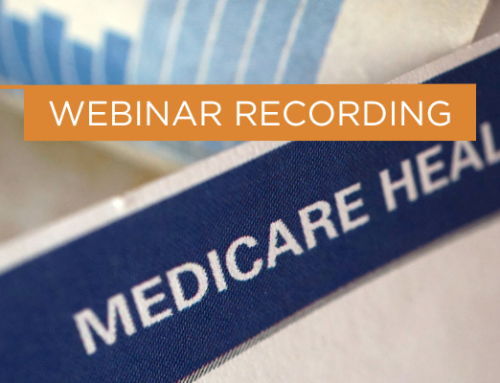A major focus in the retirement plan industry is retirement readiness. There is a huge concern that a significant percentage of the population is not going to have enough money saved to be ready for retirement.
Many years ago, workers in the private sector were covered under the defined benefit pension plan system. This type of plan guaranteed some kind of retirement income once an individual retired. And there was the social security system as well. However, most of those pension plans have been terminated or are frozen, meaning newer employees are no longer covered under that type of plan.
In 1981 the IRS issued rules that allowed workers to defer compensation from their pay and contribute to a 401(k) Plan. This type of plan shifted the responsibility of saving for retirement from the employer to the employee. In the beginning the employee contribution to a 401(k) Plan was an opt in election. This meant that the employee had to take the time to determine how much to deduct from their paycheck and contribute to the plan. This also meant that the employee had to contact someone in their payroll or human resources department to set up the deduction.
Fast forward to 2006, Congress passed the Pension Protection Act to allow for automatic enrollment in a 401(k) Plan. There was a concern at that time that Americans just weren’t saving enough for retirement. Congress was trying to find a solution to alleviate this problem. This type of arrangement automatically enrolls an employee in the 401(k) plan without their consent. A defined percentage of pay was deducted from the participant’s paycheck and contributed to the 401(k) Plan. If an employee didn’t want the deduction from the paycheck, they had to complete an opt out election.
What are the pros of auto-enrollment?
- Increase the participation rate of employees
- Better results for the required non-discrimination testing
- Helps reduce top heavy risk
- More employees are saving for retirement
What are the cons of auto-enrollment?
- Potential for errors – not enrolling participants when eligible
- Can create many small balance accounts
- Employee dissatisfaction with a deduction from their paycheck they didn’t elect
Secure 2.0
When Congress passed Secure 2.0 on December 29, 2022 they mandated automatic enrollment for all new 401(k) and 403(b) Plans that were established after 12/29/2022. Automatic Enrollment in these plans must begin with plan years beginning on or after January 1, 2025.
Our next article on Automatic Enrollment will discuss the specifics of how automatic enrollment under Secure 2.0 will impact plan sponsors.





